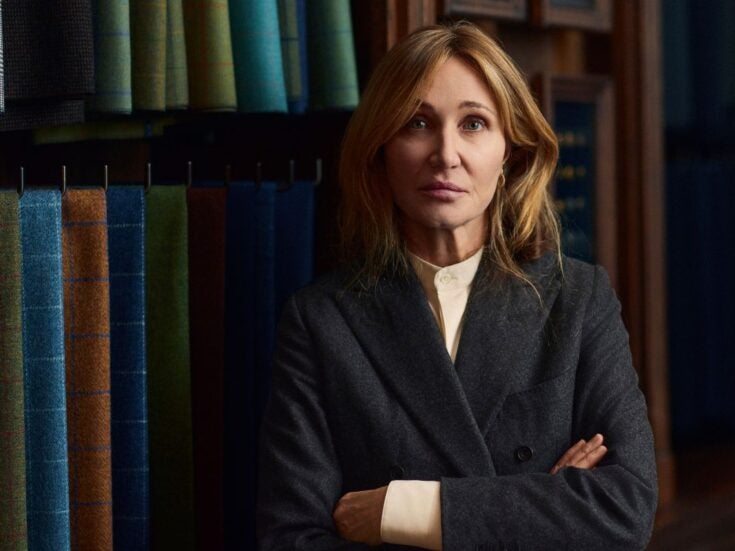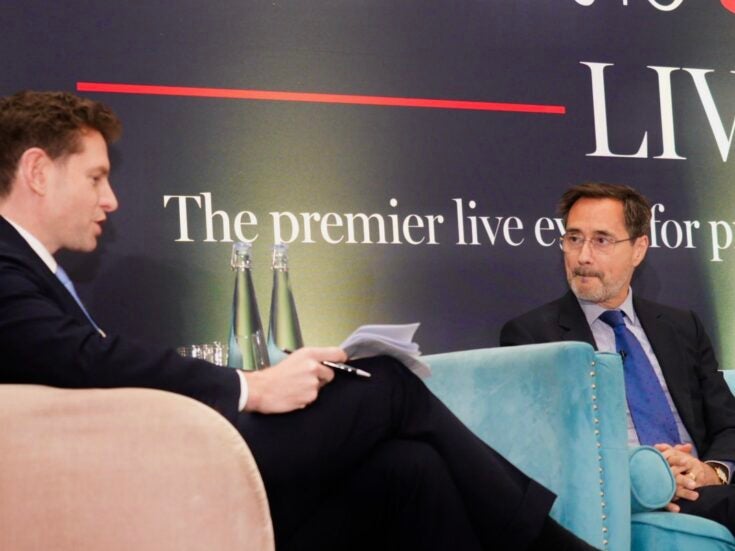
Her article described the moment when a US entrepreneur met the multi-family office that was to take over his overall investment advice: ‘it was like a light bulb went on’. The timing of that observation was significant. It was 2002, when markets were crashing and the reality of the product-driven approach of the private banks was beginning to dawn on wealthy families. The first quarter of 2008 has already provided some equally illuminating moments for wealthy Europeans.
In rising markets most portfolio managers will make money for their clients, burying the fault lines until a major seismic shift throws up deep cracks on the surface. Few episodes in financial markets have displayed such a violent reassessment of risk as the start of 2008, both in terms of market behaviour and the impact on wealthy families.
The sense of shock experienced by families was all the greater because of the way that banks remodelled their wealth-management businesses during the equity bull market to look like the multi-family office model. Unigestion opened its first Family Investment Office in 1999 (in Geneva, with a London office following in 2000 and in Paris in 2001) alongside its successful institutional business. At that time the concept of separating private-client asset allocation from investment product was almost unknown in Europe. The implementation of portfolio construction by researching the best managers in each asset class was equally revolutionary. Then, banks simply sold their own products to their customers and provided little evidence as to how these performed in comparison with indices or competitors.
When the sharp equity bear market of 2000–02 set in, banks found that many of their clients, having lost significant value in the hi-tech sell-off, migrated to multi-family offices, which offered independence and risk-control skills. It was not just for the clients that the light bulb went on. The banks realised that to remain competitive they needed to offer asset allocation and external-manager selection. They could not claim the independence of the multi-family offices, so they invented the term ‘open architecture’ to describe a service whereby external managers were comingled with bank product and bank custody.
The first issue to trouble the banks’ investment clients in 2008 was the huge losses disclosed on the banks’ own balance sheets. This raised two rather obvious questions. The first was: what happens to my assets if the bank fails?
The second was: if that is how they have managed their own business, what will they have done to my portfolio?
To quote Cath Tillotson, a partner and director of research at Scorpio Partnership, independent strategic advisors to the wealth management industry: ‘So far the largest investment banks and commercial banks that offer private-banking services have estimated sub-prime losses in excess of $188 billion. The losses alone are eye-popping enough to cause a dent in private-client confidence. However, clients are equally perturbed by the sang froid with which the loss announcements have been made. Naturally, if you are playing trillion-dollar chicken with the global economy and financial system, as these banks undoubtedly are, it is a good idea not to blink. However, these are the same banks that wooed would-be clients with the promise of a close, personal relationship. It is not surprising that clients now feel a distinct chill has descended, at corporate level, on these relationships. In the absence of full transparency from the banks, clients are drawing their own conclusions. One of those conclusions is that smaller and more conservative private banks appear to be less inclined to take big risks with their clients money.’
Separate holding of client assets in custody is a key feature of the multi-family office. In our case clients can choose any single or combination of well-capitalised custodian banks with whom they contract direct. So the multi-family office clients know that their assets are safe as the custodian will typically be a major commercial bank and not an investment bank. Clients of private banks may well find that their assets are held by a subsidiary of the same group. This issue is often only revealed when the banks are put on credit watch.
Investors are now also closely scrutinising the contents of their bank-managed portfolios, as Richard Fitzalan Howard of Fleming Family & Partners (another leading multi-family office) explains: ‘The two great uncertainties for investors over the past nine months have been, first, the downward direction of financial markets, particularly equities and, second, the risk from various forms of structured finance (the alphabet soup of CDOs, CLOs, CDSs, SIVs, etc.). On both these counts, clients are feeling more secure as a result of having their assets managed by a multi-family office rather than a bank. Multi-family offices tend to be more diversified by manager and asset class, a factor that has produced less volatile returns while clients don’t have the uncertainty of fearing they are exposed to instruments sponsored by an affiliated bank.’
We suspect that the reality of the structured products sold to clients by banks in the bull market will become apparent as the credit crunch continues to unwind. When banks embraced ‘open architecture’ they lost the income from selling their own equity products, so they had to find a substitute. That substitute was the structured product. We expect to read more about these in future editions of Spear’s WMS. In the meantime, here are some examples of what families have explained to us as their reason for seeking our services at Unigestion’s Family Investment Office.
A family came to us because they asked us to check their total costs and it turned out they were paying four times the market rate for brokerage because the bank always used its own dealing desk. Another family came to us because their trust was advised by a US bank which had managed the account in dollars, even though all the beneficiaries lived in England and no one had ever considered currency until the dollar fell through the floor.
Two other examples: one client came to us when his banker tried to sell him their own life-assurance wrapper, which charged five times what we buy them for – he thought it sounded a bit pricey. Another client was irritated when his bank-portfolio performance was overstated because it couldn’t calculate the impact of additions and withdrawals. When he asked his manager, he was told that the results were all computer-generated and that staff never checked them.
The two key differences manifested by multi-family offices are independent-
asset allocation (where the outcome is a function of the client’s profile and not the available products) and research into alternative investments. Here the market has changed since 2002. Five years ago, researching long-only managers added significant value because so few firms did this. Now that the bulk of the investment industry has embraced ‘open architecture’, the demand for outperforming long-only managers has increased, while the supply has been reduced by so much of the equity talent migrating to hedge funds. At the same time the new breed of tracker funds has become highly efficient. Just as the bulk of the private-banking industry has started researching long-only managers, the multi-family offices that pioneered it are moving out. Now it is in constructing portfolios of hedge funds and private equity that the leading multi-family offices stand out.
The critical advantage enjoyed by the Family Investment Office is that Unigestion is at heart an institutional asset manager managing hedge-fund and private-equity portfolios for major European institutions. We have research offices in Geneva, London, New York and Singapore with 40 manager-research analysts. Hedge funds have played a critical role in maintaining client wealth this year, as in 2002. What has unsettled wealthy families is that many big hedge funds have recently closed after suffering larger-than-expected losses that they were unable to absorb, thereby triggering heavy redemptions. Hedge funds with close to $4 billion in assets have closed in the first three months of this year, according to Absolute Return magazine. Our analysts have identified over fifteen hedge funds which have ‘blown up’ so far in 2008. Last year, almost 50 hedge funds with $18.6 billion in assets were closed. Many private investors held these funds.
When families join a well-established multi-family office they benefit from independent advice, effective portfolio risk controls, institutional-quality research into hedge funds and private equity, and the ability to co-invest in private opportunities with the principals and fellow clients. It looks as if in 2008, as in 2002, the light bulbs are going on all over Europe.






